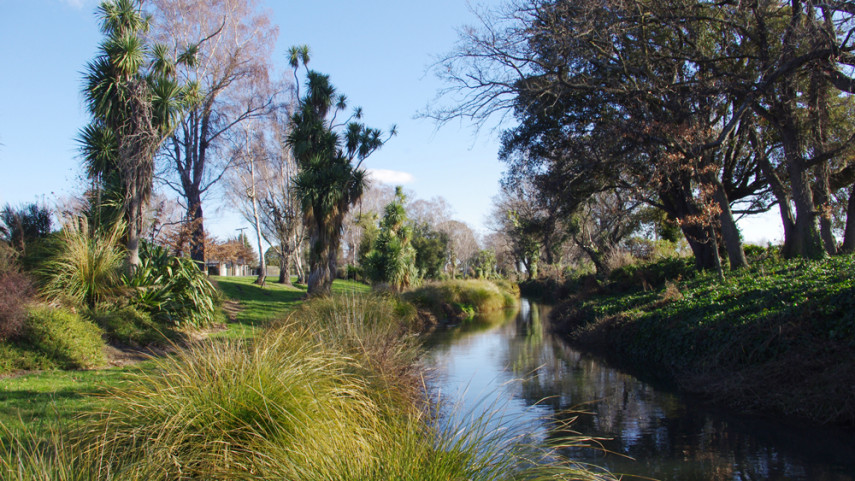Water quality and ecological health
All waterways in the Huritini/Halswell River catchment are affected significantly by rural and urban land use, including the depletion of groundwater. The catchment’s aquatic life is similar to that of other modified lowland streams in Canterbury and New Zealand, and its streams generally have low ecological value. However, two sites in the Quaifes Road spring-fed drain network were assessed as having high ecological values compared to other waterways in the catchment.
Te Waihora/Lake Ellesmere is the receiving environment for the Huritini/Halswell River catchment. It is recognised as a wetland of international significance under a National Water Conservation Order and also supports a commercial eel fishery. The fact the lake is only occasionally opened to the sea increases its vulnerability to a build-up of a range of contaminants.
The Halswell District Drainage Scheme
The limited capacity of the Huritini/Halswell River system means the Halswell District Drainage Scheme relies on temporarily storing surface water on low-lying agricultural land. This ponded water drains slowly, and this could be made worse if urban runoff increases.

